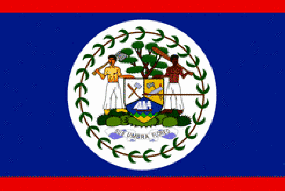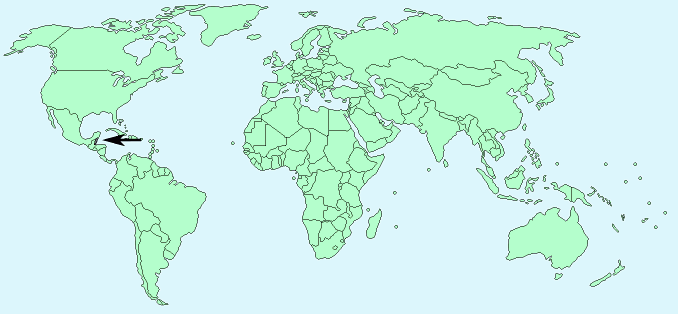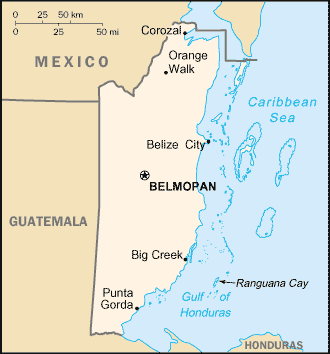Belize


Continent – North America
Region – Central America
Size – 22,966 km²
Geography – Mostly flat with low mountains in the south
Language – Spanish, Creole, Mayan, English, Garifuna, German
Religion – 49.6% Roman Catholic, 27% Protestant, 14% other, 9.4% none
Monetary Unit – Dollar
Natural Resources – arable land potential, timber, fish
Agriculture – bananas, cacao, citrus, sugar; fish, cultured shrimp; lumber; garments
Industry – garment production, food processing, tourism, construction, oil

Neighbouring Countries – Mexico, Guatemala
Population – 340,844 (2014)
Population Growth Rate – 2.25%
Average Life Expectancy – 68.25
Capital City – Belmopan (population 16,451)
Most Populated City – Belize City (population 57,169)
Highest Mountain – Victoria Peak (1,160 m)
Longest River – Scheldt (200 km )
Climate – Constant hot humid temperatures all year 19°C to 31°C
Yearly Rainfall – 180 cm approx mostly in the rainy season May to December
Plant Life – 700+ species of trees including mahogany, chicle, cashew, coconut, custard apple, guava, mango and papaya, banana, pineapple, 4000+ native plant species including orchid, didcot
Animal Life – jaguar, ocelot, puma, baboon, tapir, manatee, deer, turtle, snake, lizard, crocodile
Aquatic Life – dolphin, sea turtles
Bird Life – wood stork, great and cattle egrets, boat-billed and tricoloured heron, reddish egret and white ibis, frigatebird, anhingas
Harvard Reference for this page:
Heather Y Wheeler. (2015). Belize. Available: https://www.naturalhistoryonthenet.com/Facts_Figures/Country_Facts/belize.htm. Last accessed Monday, July 18, 2016
Facts and Figures Pages
